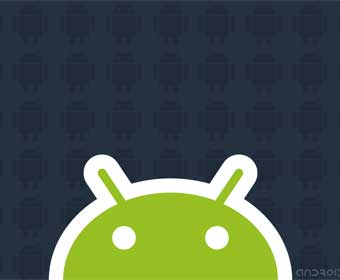Hardware manufacturer HP has been making waves at CES, taking place in Las Vegas this week, with the unveiling of an Android-based smartbook and a Windows 7-based slate device.
January 7, 2010

Hardware manufacturer HP has been making waves at CES, taking place in Las Vegas this week, with the unveiling of an Android-based smartbook and a Windows 7-based slate device.
The forthcoming smartbook, which nestles in the space between the smartphone and netbook, uses Qualcomm’s Snapdragon QSD8250 chipset platform with integrated Scorpion central processing unit delivering speeds up to 1GHz with a ten inch display. It is also the first such device to run the Android operating system, although the HP hardware is not commercially available just yet.
Smartbooks are all the rage, and earlier this week, electronics firm Lenovo claimed to be first to showcase another Snapdragon-based smartbook running a different flavour of Linux.
Back to HP though which was also showing off a slate device, again targeted at the supposed form factor gap between the smartphone and the netbook, but this time powered by Microsoft’s Windows 7 operating system. The device itself received a lukewarm welcome at CES, although the slate form factor is a hot topic due to Apple’s rumoured plans for a device much like a large iPhone yet smaller than a conventional netbook.
Android continues to expand into new areas meanwhile, making an appearance on a dual screen eReader also on display at CES. The Alex, made by US-based Spring Design, makes use of Android to provide full fledged web browsing capabilities, as well as email access and a number of other applications available to the operating system.

alex-spring
The Alex Ereader By Spring Design
The device features a 3.5″ colour LCD screen with virtual keyboard as well as a paper-like 6″ EPD screen. Connectivity is provided via WiFi, GSM and EVDO/CDMA. The Alex will go on sale at the end of February for $399.00, and presumably, like the Amazon Kindle, a cellular contract will not be required. Instead the cost of connectivity will be rolled in to the price of downloadable ebooks.
The appearance of such devices is interesting in that it shows that a wireless product can be a revenue generator even if the end-user is not a direct subscriber to the mobile network that serves the device. As Informa analyst Tammy Parker recently noted, “It opens the door to advertising-supported mobile services and many more business models under which customers can enjoy the benefits of mobile connectivity without having to pay a subscription fee.”
About the Author(s)
You May Also Like








.png?width=300&auto=webp&quality=80&disable=upscale)


_1.jpg?width=300&auto=webp&quality=80&disable=upscale)


.png?width=800&auto=webp&quality=80&disable=upscale)